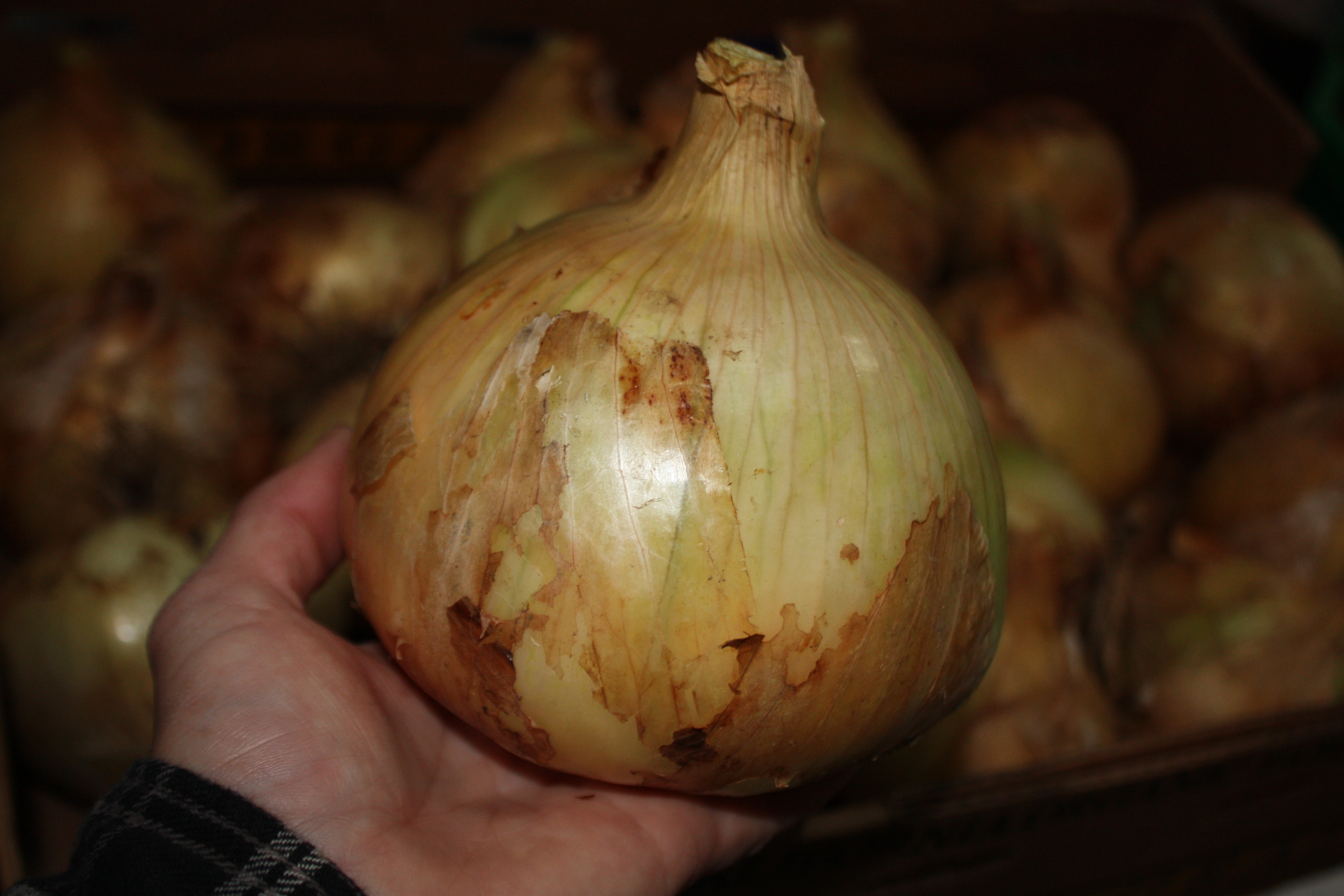Onion Bliss
By Colleen Doty, Chair, Seed Library of Galiano
Harvest season might just be my favourite time of year. Opportunities for gratitude are all around us. Vegetables, fruits, seeds. It’s a time of reflection: what worked well this past growing season? What flopped? What would I do differently next year?
When it comes to collecting seeds I like to think about the stories and the people who contributed the seed that grew my food and enriched my life. This article is a small tribute to Doug and Elizabeth Latta, who taught me how to grow incredible onions. Allow me to gush: onions from my garden bring me immense joy. For that alone, I will be forever grateful to Doug and Elizabeth.
When I moved to Galiano I was not a seed saver, although certainly a veggie grower. I didn’t have the confidence or knowledge at that point to trust future gardens to my own saved seed. But with the critical need for food security, I wanted to learn about preserving and maintaining the building blocks of our food supply and biodiversity. Beginner seed savers usually start with beans and peas. Growing onions seemed like a distant challenge.
Working with the Seed Library immersed me in the world of seeds. Elizabeth donated the Ailsa Craig onion seeds and growing instructions. I’ve now grown the onions for three years. Each year, I select the largest ones for seed. Because of the biennial nature of onion seeds (food crop in first year, seed in second year), I alternate my onion crops with the Newburg onion, a yellow, long-term storage onion also available from the Seed Library. My Newburgs usually last me 13 months in storage (but that’s a different article!)
The finely-textured Ailsa Craig is delicious either fresh or cooked. When dried and cleaned properly they will store for months in a cool, dark place. The open-pollinated beauty is well-suited for Galiano. With rich, well-composted soil, topped up throughout the growing season, the Ailsa Craig performed well this year despite the heat dome of late June and summer drought. The Seed Library has lots of Ailsa Craig seeds in stock. If interested in growing them out, make sure you have your seed ready to start indoors on heat mats by the end of January or early February.
 Seed Library Update:
Seed Library Update:
Website: Thanks to a grant from the CRD, the Seed Library of Galiano will soon be getting a website. Stay tuned for our launch date.
AGM: This year’s Seed Library Zoom AGM is Sunday, October 24, 2021, at 7pm. Our guest speaker will be Grace Augustinowicz on the topic of composting and soil health. Grace has a Masters in Soil Science and is a member of the Board of Directors at the White Rock Farmers Market. Grace is deeply involved in community work, having recently started her new and exciting position as Urban Agriculture Program Manager with Urban Bounty (Richmond Food Security Society). Save the date.
Volunteers: It has been five years now since SLOG first launched. Our membership consists of over 10% of the Galiano population. If you are interested in getting involved as a volunteer, either on our board or on a committee, please let us know. We need help with maintaining the collection, seed sorting, and outreach. Without volunteers there would be no seed library.
Seed intake days: Sunday, October 3rd and Friday, October 15th at the Community Library, 12-2pm. Please return your saved seed (in envelopes or other containers), labelled with your name and seed variety. If you’ve lost your form, that’s okay. The seed is more important.
Any questions? We can be reached at: seedlibraryofgaliano@gmail.com.
Happy harvest,
Colleen Doty, Chair, Seed Library of Galiano



 Seed Library Update:
Seed Library Update:


